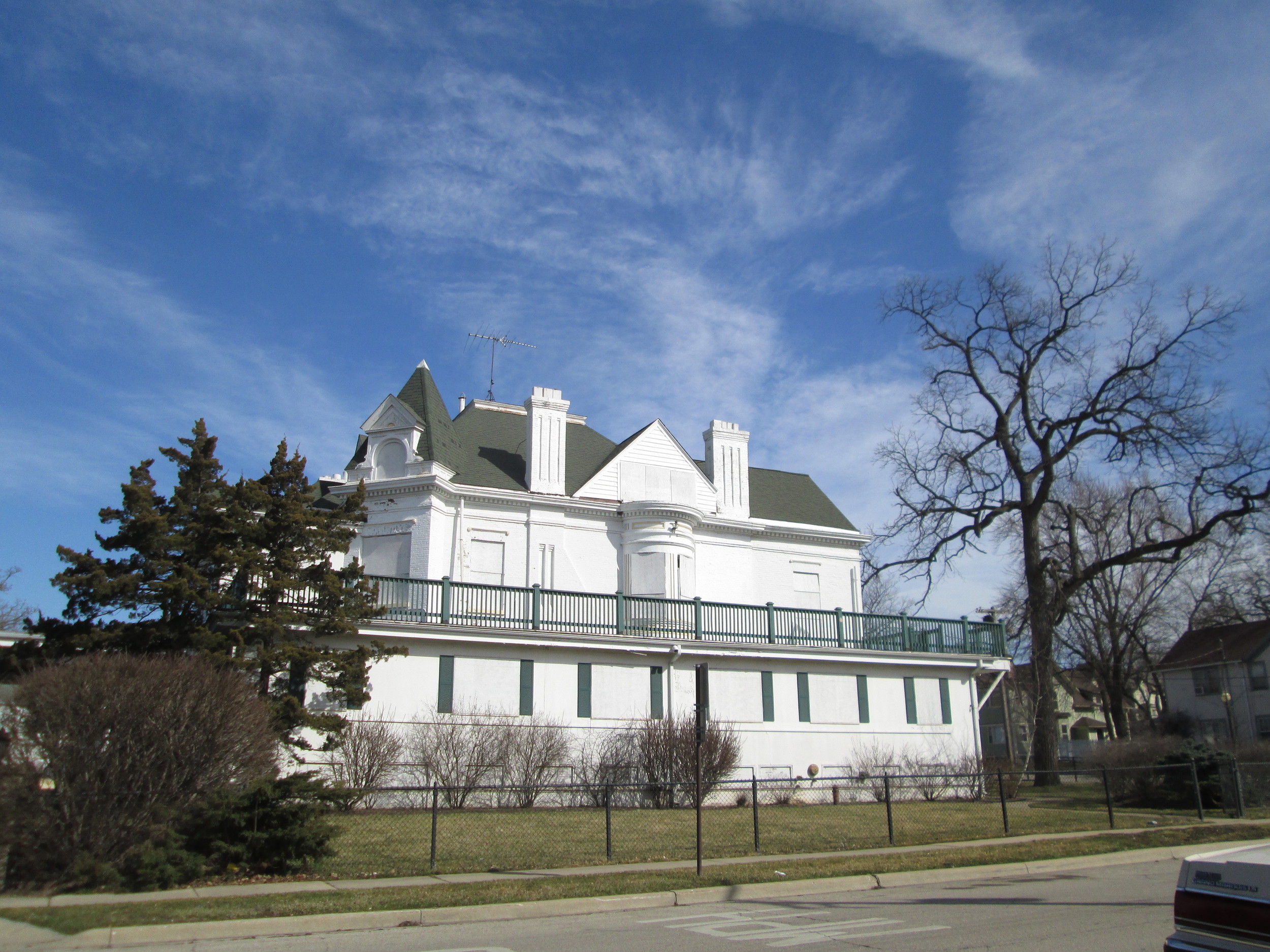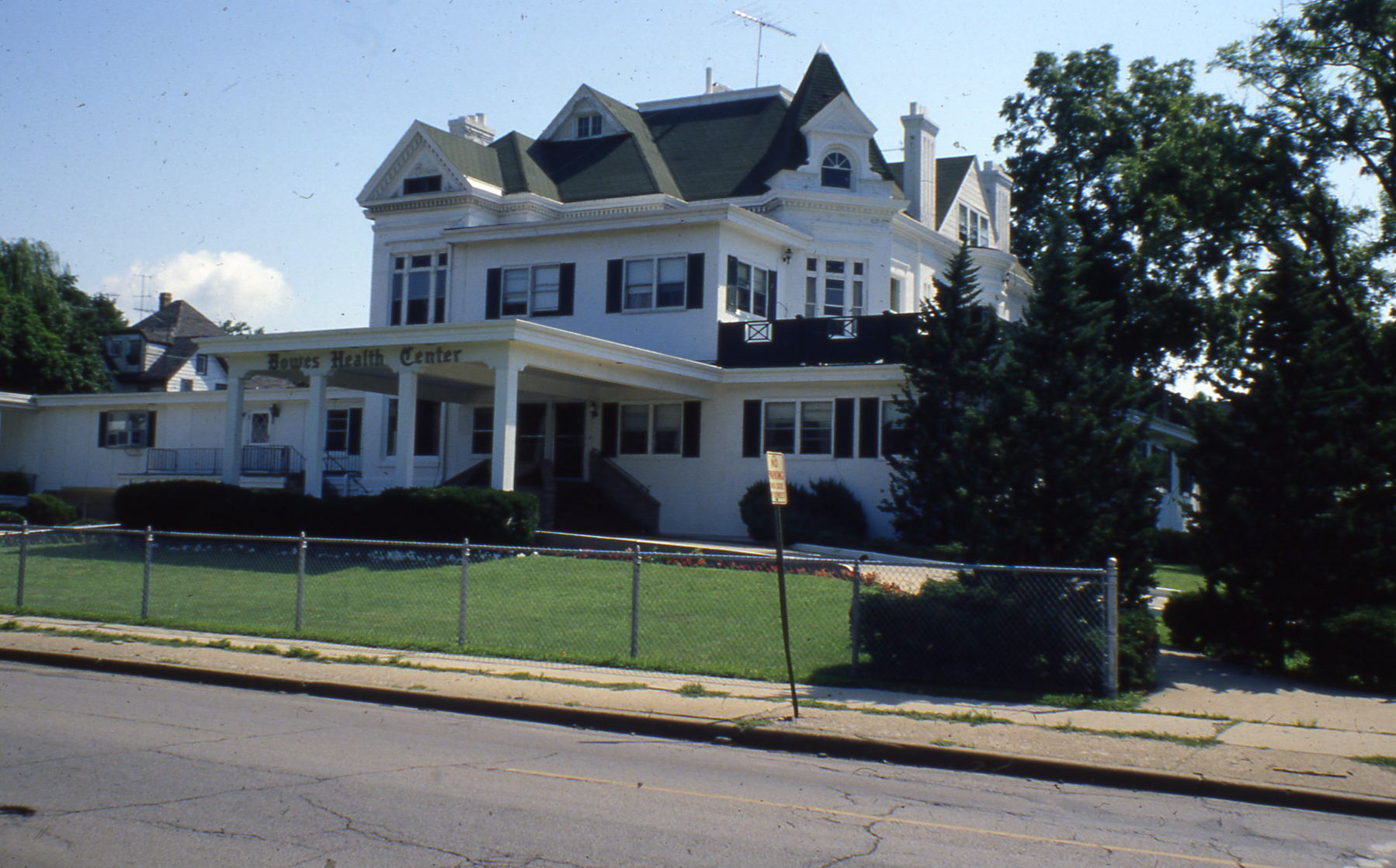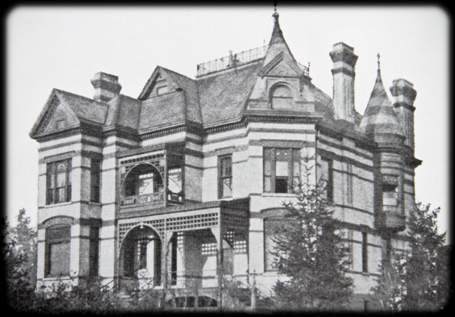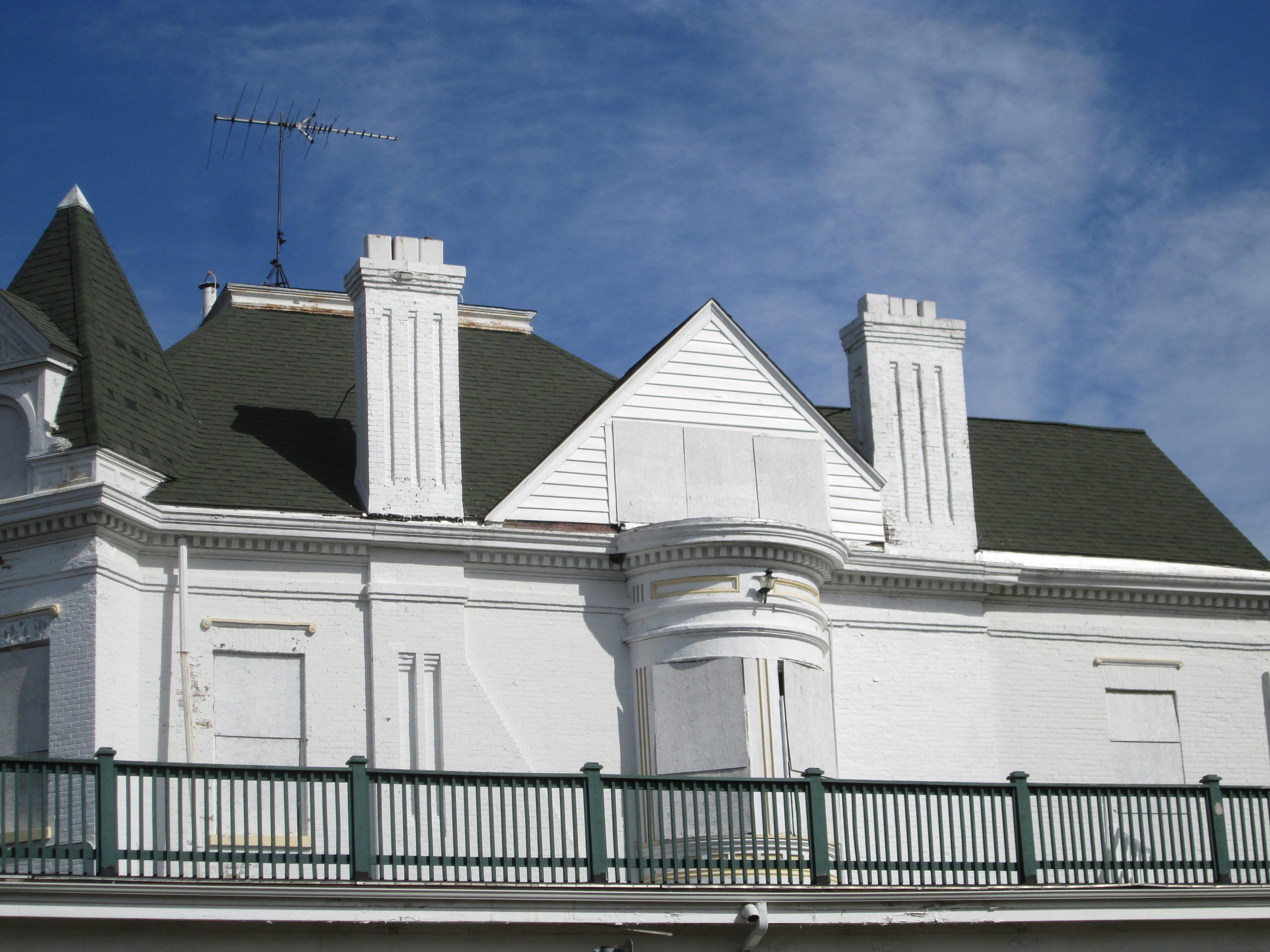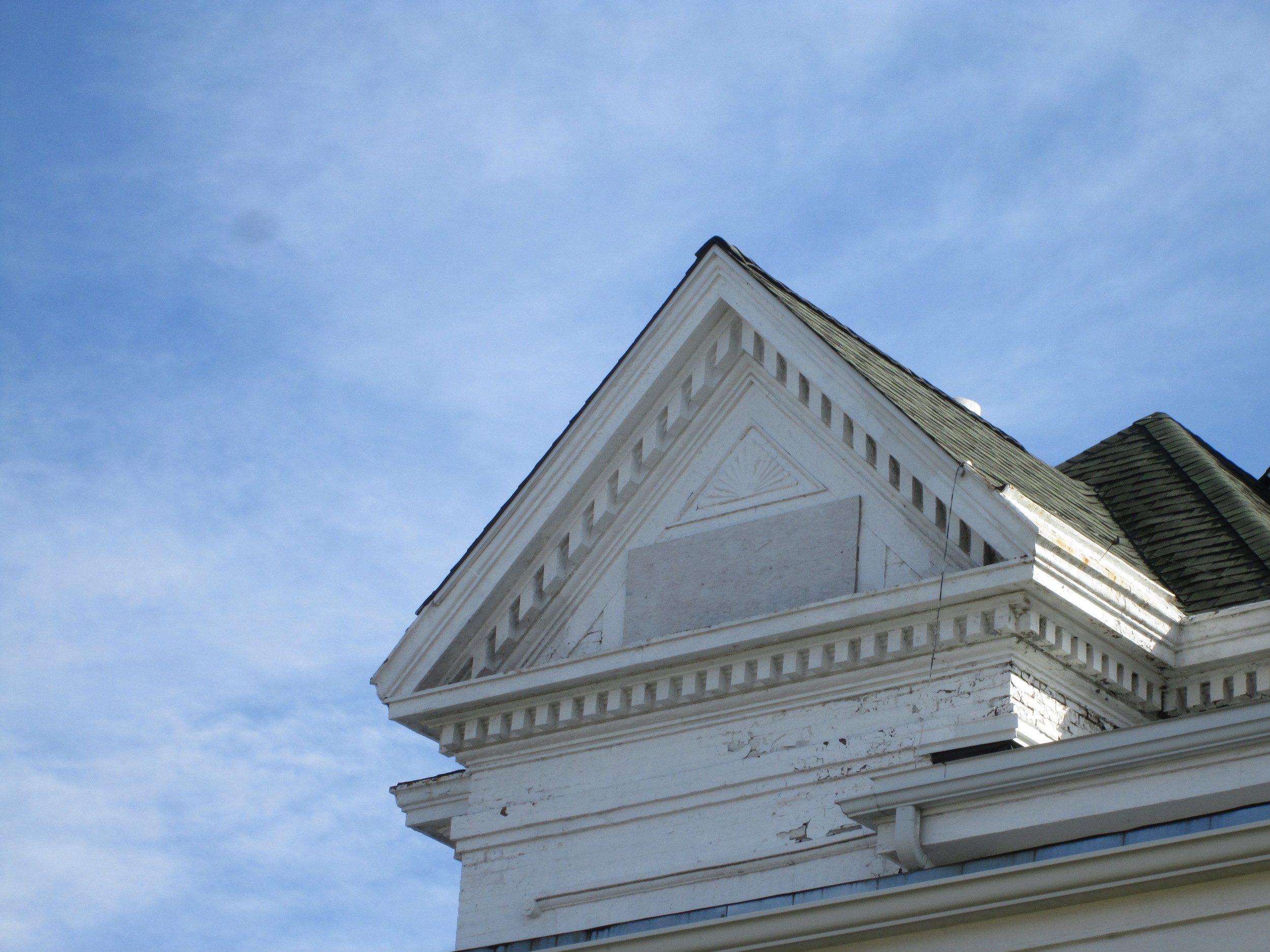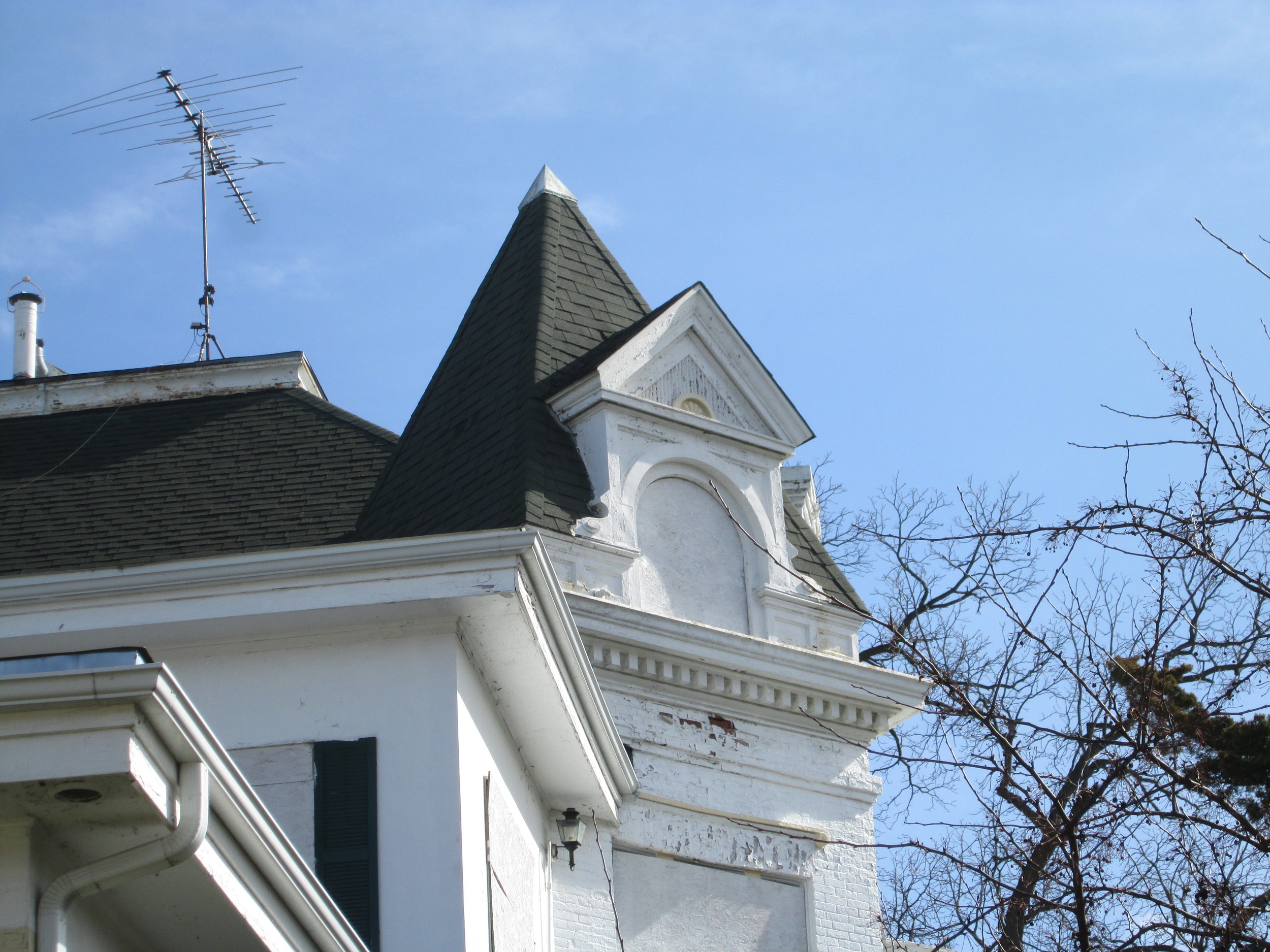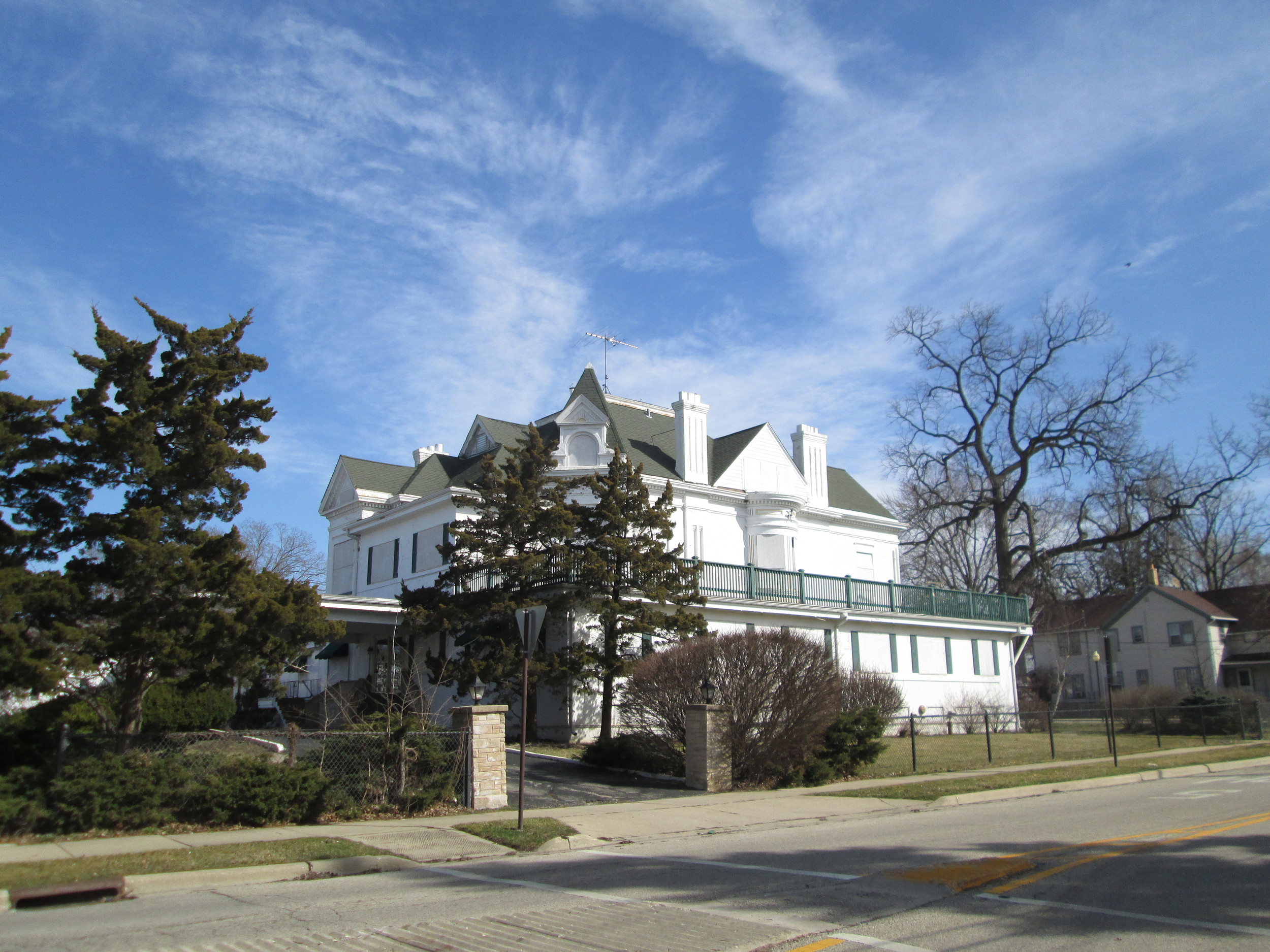105 N. GIFFORD STREET
HISTORIC SIGNIFICANCE
105 N. Gifford was built in 1885 for David C. Cook for $10,000. Cook, the son of a Methodist minister, a prominent Elgin publisher, born in New York in 1850. As a young man, David worked in his father's Chicago print shop and taught Sunday school. It was these two activities which led him down the path to founding the nation's largest interdenominational publishing house.
David's mail order sewing machine accessories business was destroyed in the Chicago fire of 1871. Undaunted, Cook started over in the business of helping the victims of the fire. He opened a mission on North Avenue in one of the city's most dangerous neighborhoods. There, he saw the need for Sunday School lesson books written at a level at which these underprivileged students could read. Cook took on the task of writing and printing "Our Sunday School Quarterly" himself. His new wife, Marguerite, helped in the venture also, and they began "Our Sunday School Gem," a 16-page magazine, definitely the most popular School paper of the day.
The business began in the Lakeview neighborhood in Chicago, but when it outgrew that spot, they moved operations to an old woolen mill in Elgin (on the river at Highland and Grove). Incorporated as the David C. Cook Publishing Company, the firm's publications soon had a circulation of 5 million copies per month, and even the Elgin Post Office had to move to bigger quarters, to accommodate the overwhelming increase in mail handling.
In 1901, with the company still growing, Cook found bigger quarters along the east bank of the Fox River on the North end. The David C. Cook Publishing Company building still exists there today at 850 N. Grove.
Three generations of Cooks have been involved with the company operations. 105 N. Gifford Street was the family residence, a 12-room mansion, where the Cook family lived until 1945.
ARCHITECTURAL SIGNIFICANCE
105 N. Gifford is of the Chateauesque style and has, unfortunately, suffered some unsympathetic additions, served as a health center for many years and now sits vacant. The detail in the dormers, roof forms, and window divisions, as well as many original stained glass windows that are still intact, show the great wealth the Cook family had accumulated.
TIMELINE OF PREVIOUS OWNERS
Sources: Gifford Park Association; Audio: TextAloud

